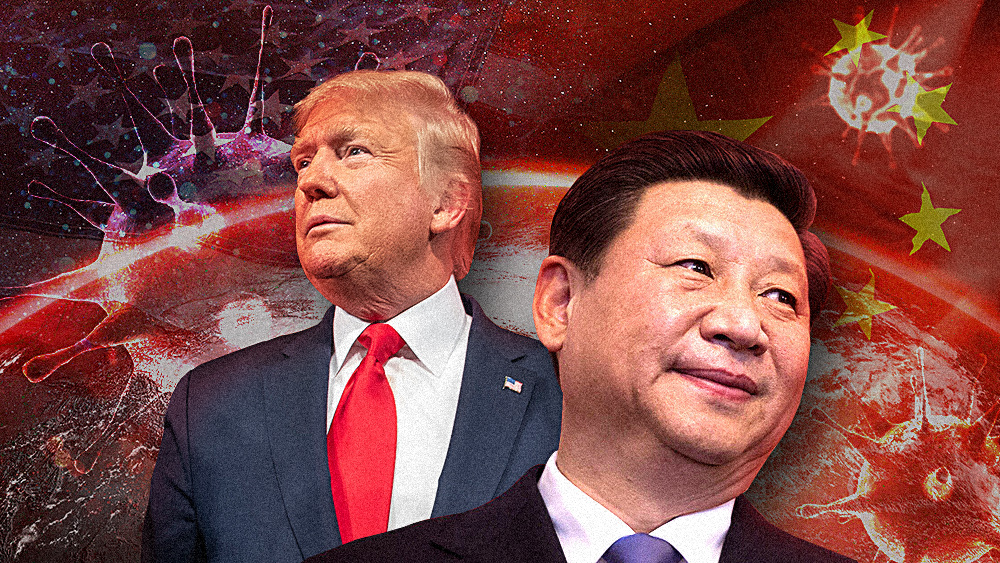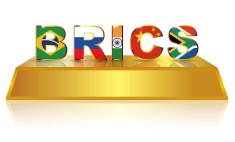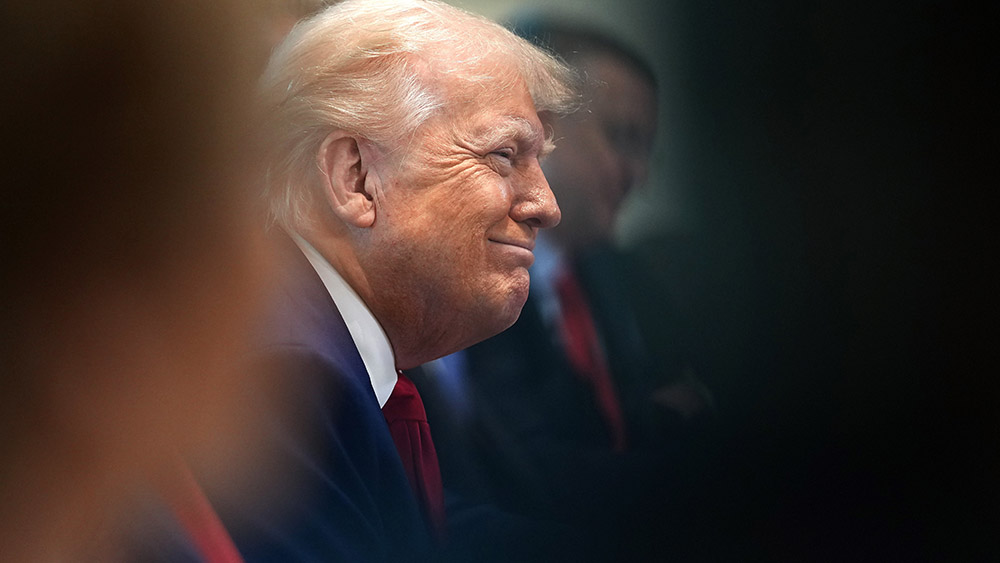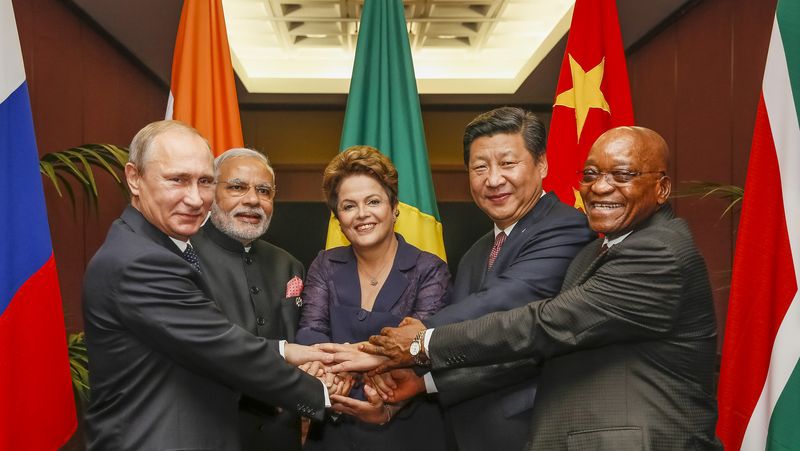 Parler
Parler Gab
Gab
- U.S. and China face a critical July 28 meeting in Stockholm to finalize a trade deal before August 12 tariffs spike, risking frozen trade between the world’s top economies.
- Trump claims the nations are "very close to a deal," but experts warn against trusting China due to its history of broken promises and economic coercion.
- China holds leverage with its 80% rare earth supply dominance, having previously weaponized exports, while demanding U.S. tariff cuts and looser tech export controls.
- Negotiations include potential concessions like a Trump-Xi summit and increased Chinese purchases of U.S. goods, but critics dismiss these as manipulative tactics.
- Without structural reforms, any deal may only delay an inevitable economic clash, as China continues exploiting U.S. supply chain vulnerabilities.
Stockholm showdown: A last push for compromise
With the clock ticking, U.S. and Chinese officials will meet in Sweden’s capital to finalize terms before tariffs automatically revert to triple-digit levels, effectively freezing trade between the world’s two largest economies. The talks follow earlier negotiations in Geneva and London, where both sides reached tentative agreements on export controls and rare earth shipments. Treasury Secretary Scott Bessent downplayed concerns about the deadline, telling market participants, “I tell market participants not to worry about Aug. 12.” Yet skepticism remains. China, which dominates 80% of the global rare earth supply, previously weaponized exports by abruptly halting shipments to the U.S. in April in a move designed to cripple American manufacturing of everything from electric vehicles to military hardware. Although Trump claims the dispute is resolved, National Economic Council Director Kevin Hassett admitted China’s shipments remain below agreed levels. “They had things we wanted. We had things they wanted, and we're in a very good place,” Bessent acknowledged, framing the negotiations as a tactical exchange rather than a partnership built on trust.China’s leverage and America’s vulnerability
Beijing’s economic ascent since joining the World Trade Organization in 2001 has been fueled by predatory practices: intellectual property theft, forced technology transfers, and state subsidies flooding global markets with cheap goods. Now, as talks intensify, China holds a powerful bargaining chip—its near-monopoly on rare earths—while demanding concessions from the U.S., including reduced tariffs and loosened tech export controls. The Trump administration has already made concessions, granting licenses to chipmaker Nvidia to resume sales to China despite earlier restrictions. Meanwhile, Beijing has dangled the prospect of a Trump-Xi meeting later this year, a diplomatic carrot analysts say could ease tensions. “The future prospect of the heads of state summit is very beneficial to the negotiations,” said Sun Chenghao, a Beijing-based scholar, suggesting China might increase purchases of U.S. goods in exchange for tariff relief. But critics argue such promises are empty. China has repeatedly reneged on past agreements, and its recent antitrust probe suspensions—like the one targeting DuPont—appear timed to manipulate U.S. negotiators. “In the past, we didn’t consciously use these cards. Now, I believe China will increasingly take the initiative to consider playing them,” warned Wu Xinbo, a Chinese foreign policy adviser, essentially admitting to Beijing’s strategy of leveraging economic dependencies. While Trump’s team pushes for a deal, the broader conflict remains unresolved. The U.S. still imposes 55% tariffs on Chinese goods, including 20% tied to fentanyl trafficking—a point of contention Beijing desperately wants lifted. Meanwhile, the Commerce Department is reportedly delaying aggressive tech restrictions to avoid derailing talks in a move that risks undermining national security for short-term gains. The Stockholm meeting may yield another 90-day truce extension, but substantive progress—like dismantling China’s state-driven trade abuses—remains elusive. “Geneva and London were really just about trying to get the relationship back on track,” said Scott Kennedy of the Center for Strategic and International Studies, emphasizing that core disputes linger. As the August deadline looms, America’s reliance on China’s supply chain is a dangerous vulnerability. Whether through rare earths, drones, or TikTok’s U.S. operations, Beijing has proven it will exploit every leverage point. The Stockholm talks may delay economic pain, but without structural reforms, any “deal” will merely postpone the inevitable reckoning. Sources for this article include: TheEpochTimes.com Reuters.com CNN.comBrazil defies Trump, strengthens BRICS ties amid tariff threats
By Belle Carter // Share
EU submits to 15% Trump tariffs in new U.S. trade deal
By Belle Carter // Share
BRICS; A new global order? – Battle of the giants – Letter from South Africa [07-26-25]
By News Editors // Share
Chinese hackers exploit Microsoft flaw to breach U.S. government agencies and global entities
By Kevin Hughes // Share
Governments continue to obscure COVID-19 vaccine data amid rising concerns over excess deaths
By patricklewis // Share
Tech giant Microsoft backs EXTINCTION with its support of carbon capture programs
By ramontomeydw // Share
Germany to resume arms exports to Israel despite repeated ceasefire violations
By isabelle // Share










